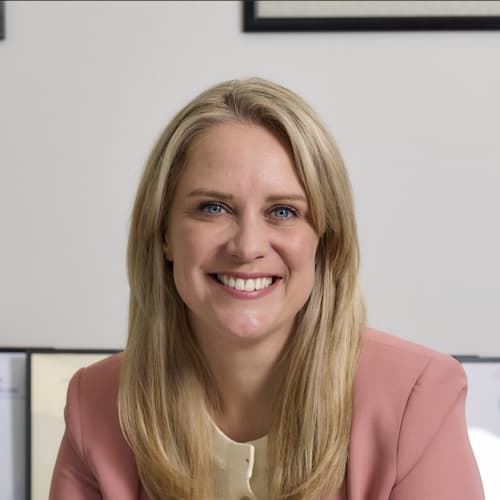
.jpg)
Liquidation is a formal insolvency procedure that involves closing down a company and selling its assets to pay off creditors. If you're facing financial difficulties, one of the most pressing questions you might have is: how long does liquidation take?
The answer depends on several factors, including the type of liquidation, the complexity of the company's finances, and the time it takes to sell assets and settle with creditors. In this article, we'll explore the different types of liquidation, the factors that affect the timeframe, and what business owners can expect during the process.
There are three primary types of liquidation in the UK, and each has its own process and timeline:
Creditors’ Voluntary Liquidation (CVL): This is initiated by the directors of a company when they recognise that the business is insolvent and cannot continue to trade. A CVL is voluntary, but once initiated, control is handed over to a licensed Insolvency Practitioner, like Molly Monks, who takes charge of selling assets and repaying creditors.
Compulsory Liquidation: This is a court-ordered liquidation initiated by creditors when they petition the court to wind up an insolvent company. If the court agrees, the Official Receiver or an appointed Insolvency Practitioner oversees the liquidation process.
Members’ Voluntary Liquidation (MVL): This type of liquidation is used when a company is solvent but the directors or shareholders decide to close it down. In an MVL, the company can pay all its debts in full, and the remaining assets are distributed among shareholders.
The time it takes to complete a liquidation process varies depending on the type of liquidation and the specific circumstances of the business. Below is a breakdown of each type and its expected timeline:
A CVL can take anywhere from 6 to 18 months, depending on the complexity of the company’s finances. Here’s a general timeline:
Compulsory liquidation tends to be slower and more complex, often taking between 24 to 36 months or more. The timeline looks like this:
MVL is typically the quickest form of liquidation, as the company is solvent and there is no need to prioritise creditor repayments. An MVL can be completed within 6 to 12 months.
Liquidation can be a stressful time for business owners, but understanding the process can help ease concerns. Once a company enters liquidation, directors are relieved of their duties, and the Insolvency Practitioner takes over. The goal is to sell assets, repay creditors as much as possible, and, ultimately, close the company. During this time, the liquidator will communicate regularly with creditors and directors, providing updates on the progress of the case.
It’s important to remember that once a company is liquidated, it is permanently closed. Directors of insolvent companies should also be aware that they may be investigated for wrongful trading if they allowed the business to continue trading while insolvent.
The length of time it takes for liquidation to be completed depends on the type of liquidation and the company’s circumstances. CVLs and MVLs tend to be faster than compulsory liquidation, but factors like asset complexity and creditor disputes can prolong the process. Engaging a qualified Insolvency Practitioner, like Molly Monks, early on can help streamline the liquidation and ensure compliance with all legal requirements.
If you're considering liquidation, seek professional advice to understand the timeline and process for your specific situation.
Photo by Microsoft 365

I am Molly Monks, a licensed insolvency practitioner at Parker Walsh. I have over 20 years of experience helping directors with the financial struggles they may face. I understand that it can be overwhelming and stressful, so I offer practical straightforward advice, which is also free and confidential. I spend time with directors to get a good understanding of their business and their goals, therefore providing the best tailored advice possible.
Email: molly@parkerwalsh.co.uk
Phone: 0161 546 8143
WhatsApp: 07822 012199
